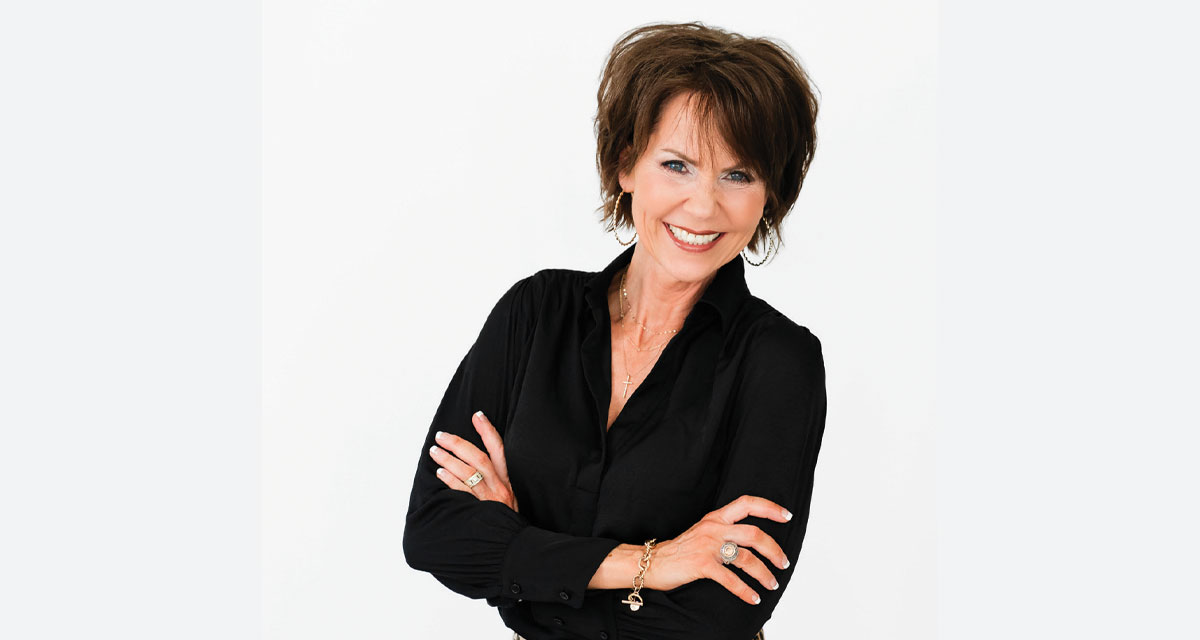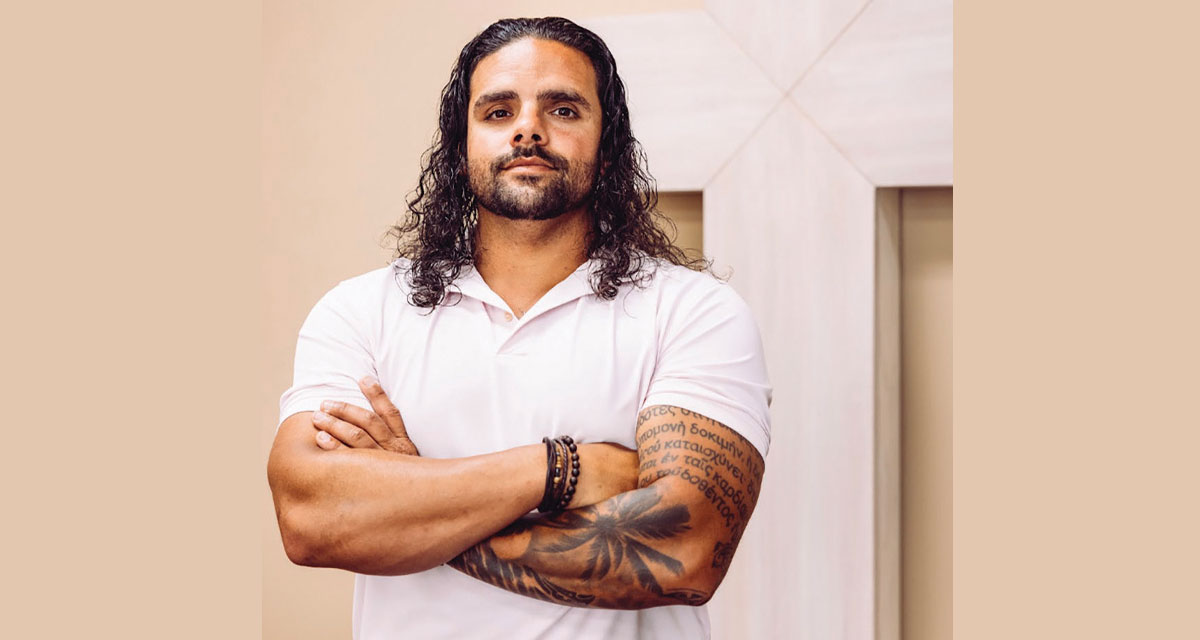BY DEBBIE BARR
Did you take a nap today?
If you’re a typical American adult, you probably did not. Most of us think naps are just for preschoolers and the elderly. But in many countries and cultures around the world, mid-day napping is a normal part of daily life for everyone. In Greece, Mexico, Costa Rica, Italy, Spain, and Ecuador, for example, just about everyone takes an early afternoon snooze. Do these countries know something we don’t? Actually, yes.
Napping at Work?
Experts tell us that an hour or two after lunch is the ideal time for a nap because that’s when blood sugar levels dip, draining our energy and sabotaging our productivity. The fix is easy: a 20-minute “power nap” that revives us and results in some wonderful benefits, including improved alertness, a brighter mood, and better job performance. American businesses are slowly catching on to the fact that allowing employees to nap is not only good for their bottom line, but it also demonstrates a commitment to employee wellness. Companies that now provide employee nap rooms include Nike, Ben & Jerry’s, Zappos, and Huffington Post.
Since most companies don’t encourage employee naps, and most of us are in “go mode” all day long, only about a third of American adults take naps, according to the Pew Research Center. That’s unfortunate because those who awaken from a nap rejuvenated and alert are less likely to make mistakes, less likely to have an accident, and likely to see a boost in performance. Famous people who embraced the rejuvenating potential of the “power nap” include Winston Churchill, John F. Kennedy, Ronald Reagan, Napoleon, Albert Einstein, Thomas Edison and George W. Bush. Did you notice that all of these highly successful nappers are men? At every age, men are more likely to take naps than women.
What Kind of Napper are You?
In a National Sleep Foundation survey of 1,488 people (which presumably included both men and women), 35% of the respondents said they don’t nap at all. Among those who said they do, naps fell into three categories:
Emergency naps. Most people who said they take naps (49%) were emergency nappers—people who give in to the urge to nap when they are suddenly too tired to finish a task or to drive safely.
Habitual naps. Eight percent said they take a nap at the same time every day.
Planned naps. Six percent of the people surveyed plan their naps in advance (also known as “preparatory napping”). Plan-ahead napping is strategic. It means taking a nap when you don’t feel sleepy so that you can stay alert longer than normal, perhaps useful, for example, when you know ahead of time that you will be staying up later than you usually do.
Sleep and Health
If a more upbeat mood and better productivity at work are not enough to entice you to take naps, there’s one other benefit of napping to consider: better health. Sleep boosts the immune system. This can mean, in practical terms, that when those around you are getting sick, if you’re getting enough sleep, your immune system will be better equipped to fight off the illness. Adults who get the recommended 7-8 hours of sleep at night—or make up for lost sleep with adequate naps—have stronger immune systems. That’s because during sleep, cells throughout your body make and secrete cytokines. Cytokines are proteins that enable your immune system to successfully combat infection and inflammation.
The National Sleep Foundation website advises, “If your sleep schedule is interrupted by a busy workweek or other factors, try to make up for the lost rest with naps. Taking two naps that are no longer than 30 minutes each—one in the morning and one in the afternoon—has been shown to help decrease stress and offset the negative effects that sleep deprivation has on the immune system.”
Sources: 1) sleep.org; 2) sleepfoundation.org: 3) Benefits of napping and an extended duration of recovery sleep on alertness and immune cells after acute sleep restriction, Brain, Behavior, and Immunity, Volume 25, Issue 1, January 2011, pp 16-24.





















